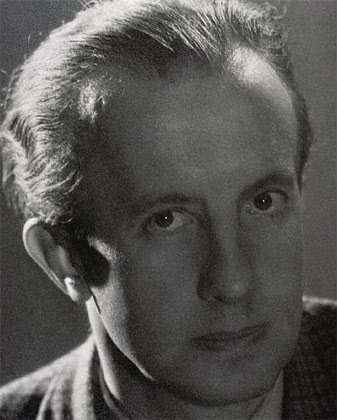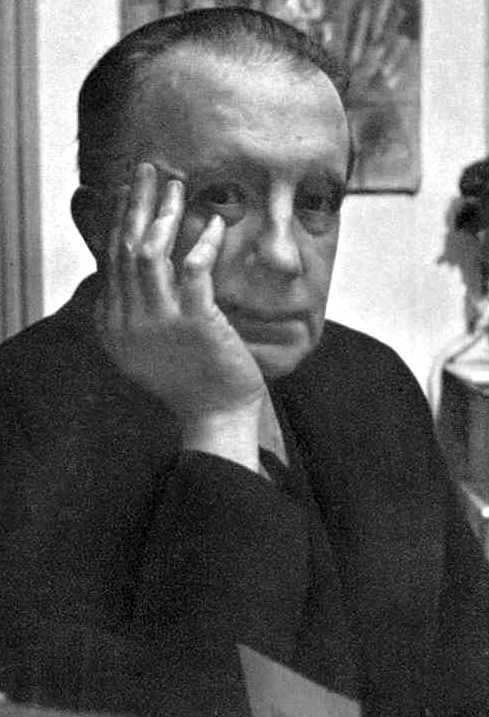<Back to Index>
- Astronomer Tyge (Tycho) Ottesen Brahe, 1546
- Poet Paul Éluard, 1895
- President of Austria Karl Renner, 1870
PAGE SPONSOR


Paul Éluard was the pen name of Eugène Émile Paul Grindel (14 December 1895 – 18 November 1952), a French poet who was one of the founders of the surrealist movement.
He was born in Saint-Denis, Seine-Saint-Denis, just outside of Paris, son of Clément Grindel and wife Jeanne Cousin. At age 16, after a happy childhood, Éluard contracted tuberculosis and interrupted his studies. He met Gala, born Elena Ivanovna Diakonova, whom he married in 1917, in the Swiss sanatorium of Davos. Together they had a daughter named Cécile. Around this time Éluard wrote his first poems. He was particularly inspired by Walt Whitman. In 1918, Jean Paulhan “discovered” him and introduced him to André Breton and Louis Aragon. This was his introduction to the Surrealist movement.
After a marital crisis, he travelled, returning to France in 1924. His poems of this time reflect his difficulties during the period, in which he had another bout of tuberculosis and separated from Gala when she left him for Salvador Dalí.
In 1934, he married Nusch (Maria Benz), a model of friends Man Ray and Pablo Picasso, who was considered somewhat of a mascot of the surrealist movement. During World War II, he was involved in the French Resistance. He battled also with his poems, such as his 1942 poem Liberty and Les sept poèmes d'amour en guerre (1944). His work was quite militant, yet simple.
He joined the French Communist Party in 1942, which led to his break from the Surrealists, and he later eulogised Stalin in his political writings. Milan Kundera has recalled he was shocked when he heard of Paul Eluard's public approval of the hanging of Eluard's friend, the Prague writer Zavis Kalandra in 1950. His grief at the premature death of his wife Nusch in
1946 inspired the work "Le temps déborde" in 1947. The
principles of peace, self-government, and liberty became his new
passion. He was part of the Congress of Intellectuals for Peace in Wroclaw in 1948, and persuaded Pablo Picasso to also participate. Eluard
met his last wife, Dominique Laure, at the Congress of Peace in Mexico
in 1949, and they married in 1951. He dedicated his work The Phoenix to her. Paul
Éluard died from a heart attack in November 1952. His funeral
was held in Charenton-le-Pont, and organized by the Communist Party. Pablo Picasso was
seated next to Dominique. "In fact," she said later, "it was
Éluard who was a friend to Picasso, and the other way around
only to the extent that Picasso was capable of friendship." He is buried in Père Lachaise Cemetery.